Kaolin Beneficiation And Iron Removal Process
Iron removal and whitening is important way to improve the added value and application effect of kaolin. In general, the whiteness of natural kaolin is often reduced due to various impurities. Common impurities mainly include organic matter, iron, titanium, dark ore, and iron mainly affects the whiteness of kaolin. When calcined at high temperature, it will become Fe2O3, causing the raw material to turn yellow or brick red, affecting the quality of kaolin products.
1. Magnetic separation
Kaolin ore usually contains a small number of iron minerals, mainly iron oxides, ilmenite, siderite, pyrrhotite, mica, tourmaline, etc. These colored impurities are usually weakly magnetic and can be removed by magnetic separation based on the magnetic difference with kaolin. For strong magnetic minerals such as magnetite, the weak magnetic separation method can achieve ideal results. Weak magnetic minerals need to use a high gradient strong magnetic field magnetic separation method. This method can effectively remove weak magnetic fine particles and even colloidal particles in useful minerals, and at the same time separate micron-scale paramagnetic materials.
The magnetic separation purification process solves the problem of the development and utilization of low-quality kaolin resources that have no mining value due to high iron content. However, it is sometimes difficult to obtain high-quality kaolin products with a single magnetic separation operation, and other processes such as chemical bleaching are required to further reduce the iron content of kaolin products.
2. Chemical treatment method
In production, the common chemical treatment and purification methods of kaolin mainly include the chemical leaching method, chemical bleaching method, and roasting purification method.
A. Chemical leaching
Some impurities in kaolin are selectively dissolved by leaching agents such as sulfuric acid, hydrochloric acid, and nitric acid to remove impurities. This method is mainly used for the purification of iron reduction of low-grade kaolin, such as removal of hematite, limonite, siderite, etc. The kaolin acid leaching method for iron removal is very effective for hematite (easy soluble in acid) deposited on the surface of kaolin in a disseminated state, but it is not suitable for kaolin-containing iron sulfide minerals, ilmenite minerals, etc.
B. Chemical bleaching
By bleaching, the impurities in the kaolin are oxidized into soluble substances, and then washed and removed, so as to greatly improve the whiteness of the kaolin products. For example, the iron in the insoluble state is converted into iron in the soluble state and removed through the washing process. However, the cost of chemical bleaching is relatively high, and it is usually used for kaolin concentrates that need to be further purified after the removal of impurities.
C. Roasting purification method
Using the difference in chemical composition and reactivity between impurities and kaolin, magnetization roasting, high-temperature roasting or chlorination roasting, and other treatment methods are carried out to remove iron-containing impurities, carbon-containing impurities, sulfides, and other impurities in kaolin.
The method can improve the chemical reaction activity of the roasted product, greatly improve the whiteness of the kaolin, and obtain a high-grade kaolin product. But its disadvantage is that it consumes a lot of energy and easily causes environmental pollution.
3. Coagulation/flocculation
When the pH is 8-11, adding alkaline metal ions such as Ca2+ and Mg2+ to the kaolin slurry can selectively coagulate iron and titanium impurities, and then use weak anion polyelectrolyte for selective flocculation. This process requires pulp concentration to be lower than 20%, and dewatering is required for subsequent operations.
Also, Selective flocculation of kaolin can be carried out with polymer flocculants. The kaolin particles flocculate with each other and settle to the bottom, and the iron and titanium impurities are reddish-brown in the upper suspension due to the fine particles. Most of the iron and titanium impurities can be removed by removing the upper suspension, and then treated by other beneficiation methods (such as magnetic separation) to obtain high-quality kaolin.
4. Flotation
The flotation method mainly uses the difference in physical and chemical properties of the surface between gangue minerals and kaolin to treat kaolin ore with more impurities and lower whiteness, and remove its iron, titanium, and carbon impurities. The commonly used flotation methods mainly include the ultra-fineness flotation method and the double-liquid layer flotation method.
A. Ultra-fineness flotation method
The ultra-fineness flotation method mainly uses mineral carriers to capture fine mineral impurities to be sorted. It can handle minerals smaller than 3μm (less than 0.5um accounts for 50%), such as kaolin often contains anatase, and its particle size is generally less than 1um. Commonly used carriers are limestone, calcite, fluorite, silica, barite, and sulfur, which generally need to be ground to -325 mesh (less than 50um).
B. Double-layer flotation method
The double-layer flotation method adopts a flotation method that does not use a carrier to remove minerals such as titanium impurities. It can be used for flotation purification of finer kaolin (particles less than 2um are more than 80%).
The above are four common kaolin beneficiation and iron removal processes. Before selecting a specific process, the chemical composition and iron occurrence state of the kaolin ore should be determined first, and then a single or combined kaolin beneficiation and iron removal process should be adopted according to the difference in the properties of the ore to obtain the ideal iron removal effect and good iron removal. Kaolin quality.


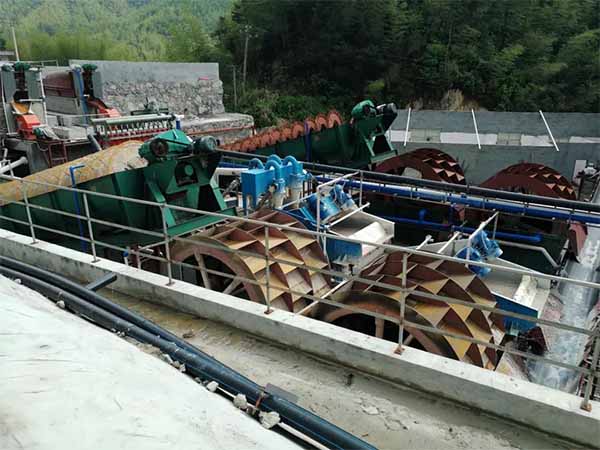
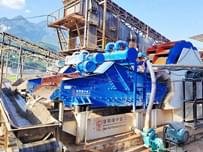
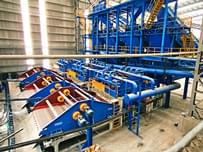
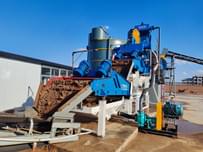
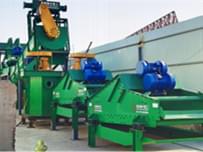
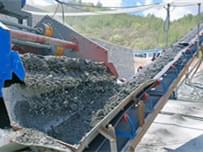
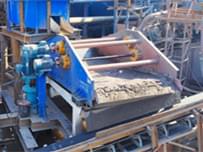
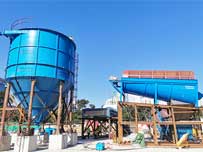
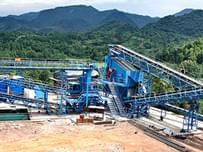





Send Message
Please write down your requirement and contact details in the following form. You can also send a message to us by this email export@lylzzg.com, we will reply to you within 24 hours.